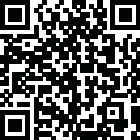
Latest Version
Version
6.0.1
6.0.1
Update
July 05, 2025
July 05, 2025
Developer
Igor Apps
Igor Apps
Categories
Books And Reference
Books And Reference
Platforms
Android
Android
Downloads
0
0
License
Free
Free
Package Name
Bible KJV with Apocrypha
Bible KJV with Apocrypha
Report
Report a Problem
Report a Problem
More About Bible KJV with Apocrypha
Bible King James Version with Apocrypha
Book of Enoch, Jasher and Jubilees are not in Apocrypha so they are seperated in the Table of Contents and in the Search. Also they are not in Reading Plan and Daily Verses. You can remove these books: Menu->Settings->switch off "Show Enoch/Jasher/Jubilees"
Daily Verse (Daily Psalm, Daily Gospel - you can make your own Daily Verse), Reading Plan (canonical) - read Bible in one Year, 180 Days, 90 Days, Audio Bible (TTS feature) and many others functions.
The King James Version (KJV), commonly known as the Authorized Version (AV) or King James Bible (KJB), is an English translation of the Christian Bible for the Church of England begun in 1604 and completed in 1611. First printed by the King's Printer Robert Barker, this was the third translation into English to be approved by the English Church authorities.
James gave the translators instructions intended to guarantee that the new version would conform to the ecclesiology and reflect the episcopal structure of the Church of England and its belief in an ordained clergy. The translation was done by 47 scholars, all of whom were members of the Church of England. In common with most other translations of the period, the New Testament was translated from Greek, the Old Testament was translated from Hebrew text, while the Apocrypha were translated from the Greek and Latin.
The Biblical apocrypha (from the Greek word ἀπόκρυφος, apókruphos, meaning "hidden") denotes the collection of ancient books found, in some editions of the Bible, in a separate section between the Old and New Testaments or as an appendix after the New Testament. Although the term apocrypha had been in use since the 5th century, it was in Luther's Bible of 1534 that the Apocrypha was first published as a separate intertestamental section. Luther was making a polemical point about the canonicity of these books. As an authority for this division, he cited St. Jerome, who in the early 5th century distinguished the Hebrew and Greek Old Testaments, stating that books not found in the Hebrew were not received as canonical. Although his statement was controversial in his day, Jerome was later titled a Doctor of the Church and his authority was also cited in the Anglican statement in 1571 of the Thirty-Nine Articles.
King James Version
The English-language King James Version (KJV) of 1611 followed the lead of the Luther Bible in using an inter-testamental section labelled "Books called Apocrypha", or just "Apocrypha" at the running page header. The KJV followed the Geneva Bible of 1560 almost exactly (variations are marked below). The section contains the following:
- 1 Esdras (Vulgate 3 Esdras)
- 2 Esdras (Vulgate 4 Esdras)
- Tobit
- Judith ("Judeth" in Geneva)
- Rest of Esther (Vulgate Esther 10:4-16:24)
- Wisdom
- Ecclesiasticus (also known as Sirach)
- Baruch and the Epistle of Jeremy ("Jeremiah" in Geneva) (all part of Vulgate Baruch)
- Song of the Three Children (Vulgate Daniel 3:24-90)
- Story of Susanna (Vulgate Daniel 13)
- The Idol Bel and the Dragon (Vulgate Daniel 14)
- Prayer of Manasses (follows 2 Chronicles in Geneva)
- 1 Maccabees
- 2 Maccabees
Included in this list are those books of the Clementine Vulgate that were not in Luther's canon. These are the books most frequently referred to by the casual appellation "the Apocrypha". These same books are also listed in Article VI of the Thirty-Nine Articles of the Church of England. Despite being placed in the Apocrypha, in the table of lessons at the front of some printings of the King James Bible, these books are included under the Old Testament.
Daily Verse (Daily Psalm, Daily Gospel - you can make your own Daily Verse), Reading Plan (canonical) - read Bible in one Year, 180 Days, 90 Days, Audio Bible (TTS feature) and many others functions.
The King James Version (KJV), commonly known as the Authorized Version (AV) or King James Bible (KJB), is an English translation of the Christian Bible for the Church of England begun in 1604 and completed in 1611. First printed by the King's Printer Robert Barker, this was the third translation into English to be approved by the English Church authorities.
James gave the translators instructions intended to guarantee that the new version would conform to the ecclesiology and reflect the episcopal structure of the Church of England and its belief in an ordained clergy. The translation was done by 47 scholars, all of whom were members of the Church of England. In common with most other translations of the period, the New Testament was translated from Greek, the Old Testament was translated from Hebrew text, while the Apocrypha were translated from the Greek and Latin.
The Biblical apocrypha (from the Greek word ἀπόκρυφος, apókruphos, meaning "hidden") denotes the collection of ancient books found, in some editions of the Bible, in a separate section between the Old and New Testaments or as an appendix after the New Testament. Although the term apocrypha had been in use since the 5th century, it was in Luther's Bible of 1534 that the Apocrypha was first published as a separate intertestamental section. Luther was making a polemical point about the canonicity of these books. As an authority for this division, he cited St. Jerome, who in the early 5th century distinguished the Hebrew and Greek Old Testaments, stating that books not found in the Hebrew were not received as canonical. Although his statement was controversial in his day, Jerome was later titled a Doctor of the Church and his authority was also cited in the Anglican statement in 1571 of the Thirty-Nine Articles.
King James Version
The English-language King James Version (KJV) of 1611 followed the lead of the Luther Bible in using an inter-testamental section labelled "Books called Apocrypha", or just "Apocrypha" at the running page header. The KJV followed the Geneva Bible of 1560 almost exactly (variations are marked below). The section contains the following:
- 1 Esdras (Vulgate 3 Esdras)
- 2 Esdras (Vulgate 4 Esdras)
- Tobit
- Judith ("Judeth" in Geneva)
- Rest of Esther (Vulgate Esther 10:4-16:24)
- Wisdom
- Ecclesiasticus (also known as Sirach)
- Baruch and the Epistle of Jeremy ("Jeremiah" in Geneva) (all part of Vulgate Baruch)
- Song of the Three Children (Vulgate Daniel 3:24-90)
- Story of Susanna (Vulgate Daniel 13)
- The Idol Bel and the Dragon (Vulgate Daniel 14)
- Prayer of Manasses (follows 2 Chronicles in Geneva)
- 1 Maccabees
- 2 Maccabees
Included in this list are those books of the Clementine Vulgate that were not in Luther's canon. These are the books most frequently referred to by the casual appellation "the Apocrypha". These same books are also listed in Article VI of the Thirty-Nine Articles of the Church of England. Despite being placed in the Apocrypha, in the table of lessons at the front of some printings of the King James Bible, these books are included under the Old Testament.
application description
Rate the App
Add Comment & Review
User Reviews
Based on 0 reviews
No reviews added yet.
Comments will not be approved to be posted if they are SPAM, abusive, off-topic, use profanity, contain a personal attack, or promote hate of any kind.
More »










Popular Apps

VPN proxy - TipTop VPN TipTopNet

Rakuten Viber Messenger Viber Media

Turboprop Flight Simulator Pilot Modern Prop Planes

Yandere Schoolgirls Online Sandbox Multiplayer HighSchool

Highway Bike Traffic Racer 3D Motorcycle Rider Driving Games

SchoolGirl AI 3D Anime Sandbox Kurenai Games

Spirit Chat Grenfell Music

ZOMBIE HUNTER: Offline Games 3D Shooting Apocalypse Gun War

KakaoTalk : Messenger Kakao Corp.

Endless Learning Academy ABC,123,Emotions (Kids 2-5)
More »









Editor's Choice

Belet Video JAN tehnologiýa

VPN proxy - TipTop VPN TipTopNet

Highway Bike Traffic Racer 3D Motorcycle Rider Driving Games

ZOMBIE HUNTER: Offline Games 3D Shooting Apocalypse Gun War

Endless Learning Academy ABC,123,Emotions (Kids 2-5)

Spirit Chat Grenfell Music

Yandere Schoolgirls Online Sandbox Multiplayer HighSchool

JP Schoolgirl Supervisor Multi Saori Sato's Developer

SchoolGirl AI 3D Anime Sandbox Kurenai Games

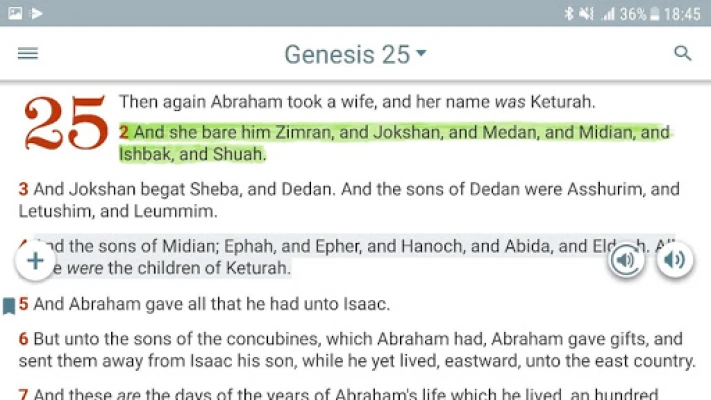
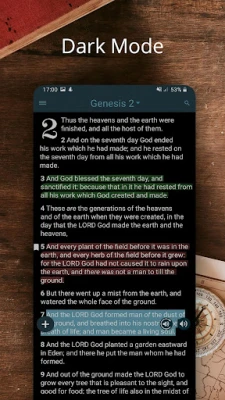
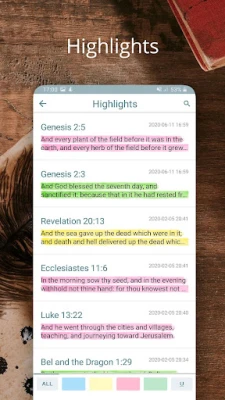
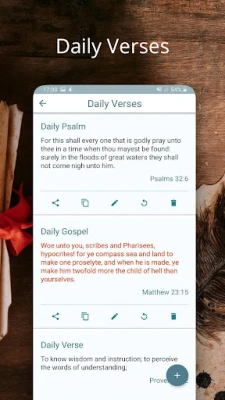
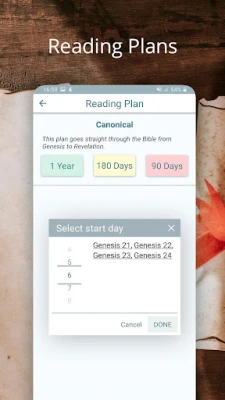
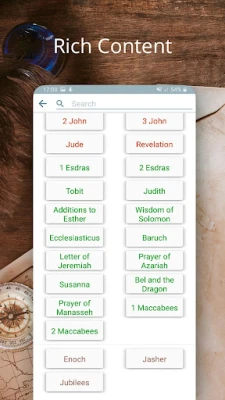
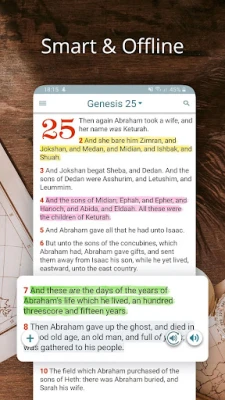




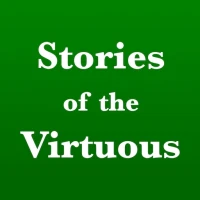










 Android
Android IOS
IOS Windows
Windows Mac
Mac Linux
Linux